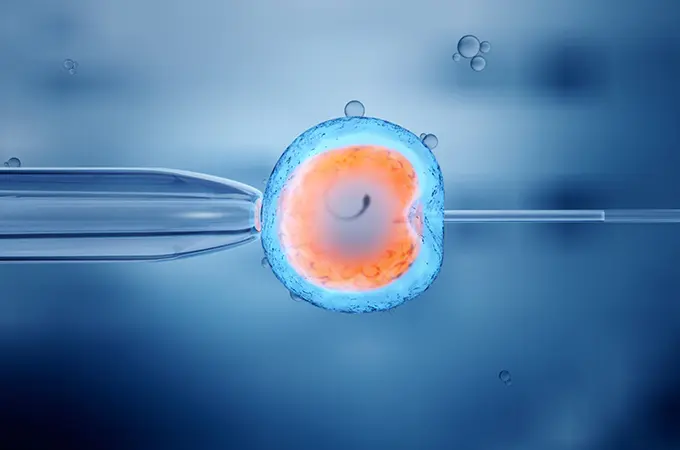The Power of Preimplantation Genetic Diagnosis (PGD) in IVF: A Comprehensive Guide
Preimplantation Genetic Diagnosis (PGD) has revolutionized the field of assisted reproductive technology (ART), offering couples facing genetic disorders or infertility a ray of hope. This advanced technique, used in conjunction with In Vitro Fertilization (IVF), allows for the screening of embryos for genetic abnormalities before implantation, increasing the chances of a successful pregnancy. In this comprehensive guide, we delve into the intricacies of Preimplantation genetic diagnosis, its impact on IVF, and why it’s a game-changer in the world of fertility treatments.
Understanding Preimplantation Genetic Diagnosis (PGD)
Preimplantation genetic diagnosis is a sophisticated genetic testing technique used during IVF to screen embryos for genetic abnormalities before they are implanted into the uterus. The process involves removing one or two cells from the embryo and analyzing them for chromosomal abnormalities, genetic disorders, or other genetic issues. By identifying embryos free of genetic abnormalities, this technique helps improve the chances of a successful pregnancy and reduces the risk of passing on genetic disorders to offspring.
How Does PGD Affect IVF?
PGD has a significant impact on the IVF process, influencing the selection of embryos for transfer into the uterus. By screening embryos for genetic abnormalities, Preimplantation genetic diagnosis helps identify the most viable embryos for transfer, increasing the chances of a successful pregnancy. Additionally, this highly sophisticated technique allows for the detection of genetic disorders early in the process, enabling couples to make informed decisions about their reproductive options.
Why Is PGD Used in IVF?
PGD is used in IVF for a variety of reasons, including:
- Genetic Screening: PGD allows for the screening of embryos for genetic abnormalities, reducing the risk of passing on genetic disorders to offspring.
- Increased Pregnancy Rates: By selecting genetically normal embryos for transfer, PGD can increase the chances of a successful pregnancy.
- Reduced Risk of Miscarriage: PGD can help reduce the risk of miscarriage by identifying embryos with chromosomal abnormalities early in the process.
- Family Planning: PGD can also be used for family planning purposes, allowing couples to choose embryos that are free of specific genetic disorders.
Benefits of Preimplantation Genetic Diagnosis in IVF
The benefits of Preimplantation genetic diagnosis in IVF are numerous and profound. Some of the key benefits include:
- Increased Pregnancy Rates: PGD can increase the chances of a successful pregnancy by selecting embryos that are more likely to implant successfully.
- Reduced Risk of Genetic Disorders: By screening embryos for genetic abnormalities, PGD reduces the risk of passing on genetic disorders to offspring.
- Improved Family Planning: PGD allows couples to make informed decisions about their reproductive options, including the number and genetic makeup of their embryos.
- Peace of Mind: For couples at risk of passing on genetic disorders, PGD provides peace of mind knowing that they are taking proactive steps to protect the health of their future children.
Why Do Doctors Choose to Use Preimplantation Genetic Diagnosis in IVF?
Doctors choose to use preimplantation genetic diagnosis in IVF for several reasons, including:
- Patient Specific: PGD allows for personalized treatment plans tailored to the specific genetic makeup of each patient.
- Increased Success Rates: PGD can increase the chances of a successful pregnancy, leading to higher success rates for IVF.
- Reduced Risk: PGD reduces the risk of passing on genetic disorders to offspring, providing a safer option for couples at risk.
- Enhanced Family Planning: PGD allows couples to plan their family with confidence, knowing that they are making informed decisions about their reproductive options.
Conclusion: Embracing the Power of Preimplantation Genetic Diagnosis in IVF
In conclusion, preimplantation genetic diagnosis is a powerful tool in the world of assisted reproductive technology, offering couples facing genetic disorders or infertility a path to parenthood. By screening embryos for genetic abnormalities before implantation, the procedure increases the chances of a successful pregnancy and reduces the risk of passing on genetic disorders to offspring.
With its numerous benefits and potential for improving IVF success rates, preimplantation genetic diagnosis is a game-changer in the field of fertility treatments, offering hope and possibilities to couples around the world.




